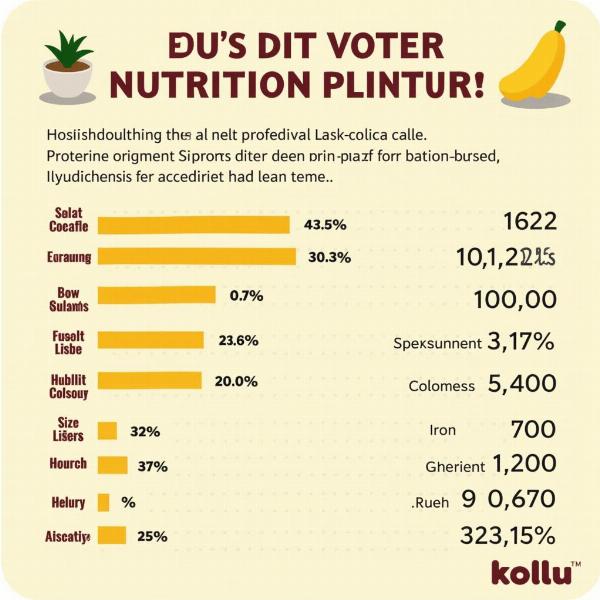Kollu, a humble legume packed with nutritional power, goes by various names in Hindi. Understanding the “kollu in Hindi name” can unlock a deeper understanding of this ancient grain’s significance in Indian cuisine and culture. This article explores the different Hindi names for kollu, its nutritional benefits, culinary uses, and cultural significance.
What is Kollu Called in Hindi?
Kollu, scientifically known as Macrotyloma uniflorum, is commonly referred to as kulthi (कुलथी) in Hindi. However, regional variations exist, leading to other names like hurali (हुरळी) and gahat (गहत). Knowing these different names can be helpful when navigating local markets or discussing recipes.
Nutritional Powerhouse: Kollu’s Health Benefits
Kollu is a nutritional powerhouse, rich in protein, fiber, iron, and essential minerals. It’s a fantastic source of plant-based protein, making it an excellent choice for vegetarians and vegans. Its high fiber content aids digestion and promotes gut health. Furthermore, kollu is known for its low glycemic index, making it suitable for individuals managing diabetes.
 Chart showing the nutritional breakdown of kollu
Chart showing the nutritional breakdown of kollu
Culinary Delights: Exploring Kollu in Indian Cuisine
Kollu’s versatility shines in the kitchen. From savory dishes to sweet treats, this legume adds a unique flavor and texture. In South India, kollu is a staple ingredient in dishes like kollu rasam, a tangy and flavorful soup. It’s also used in stews, curries, and even ground into flour for making rotis and dosas.
Kollu and Culture: Traditional Significance
Kollu’s significance extends beyond the culinary realm. In certain Indian traditions, it’s considered auspicious and used in religious ceremonies. Its historical use in Ayurvedic medicine further emphasizes its cultural importance.
Why is Knowing the Hindi Name for Kollu Important?
Understanding the “kollu in Hindi name” is crucial for effective communication, particularly within Indian communities. Whether you’re shopping for groceries, discussing recipes, or exploring traditional practices, knowing the local name ensures clarity and avoids confusion.
Conclusion
Kollu, or kulthi in Hindi, is more than just a legume; it’s a nutritional treasure trove with cultural and culinary significance. By understanding its various names and uses, we can appreciate the diverse applications of this versatile ingredient. Embrace the power of kollu and incorporate it into your diet for a healthier and more flavorful culinary experience.
FAQ
- What is the most common Hindi name for kollu? Kulthi (कुलथी) is the most common Hindi name for kollu.
- Is kollu good for diabetics? Yes, kollu has a low glycemic index, making it suitable for individuals managing diabetes.
- What are some popular kollu dishes? Kollu rasam, stews, curries, and rotis made from kollu flour are some popular dishes.
- Where can I buy kollu? Kollu can be found in most Indian grocery stores or online.
- What is the scientific name for kollu? The scientific name for kollu is Macrotyloma uniflorum.
- Is kollu a good source of protein? Yes, kollu is an excellent source of plant-based protein.
- What are the other Hindi names for kollu? Besides kulthi, kollu is also known as hurali and gahat in some regions.
Meaning-Hindi.in specializes in accurate and culturally sensitive Hindi translation services, covering various domains from business and legal documents to technical manuals and website localization. Our expert linguists ensure your message resonates effectively with your target audience. Whether you need business document translation or legal document translation, our team is equipped to handle your specific requirements. Contact us at [email protected] or call +91 11-4502-7584. Meaning-Hindi.in is your trusted partner for all your Hindi translation needs.